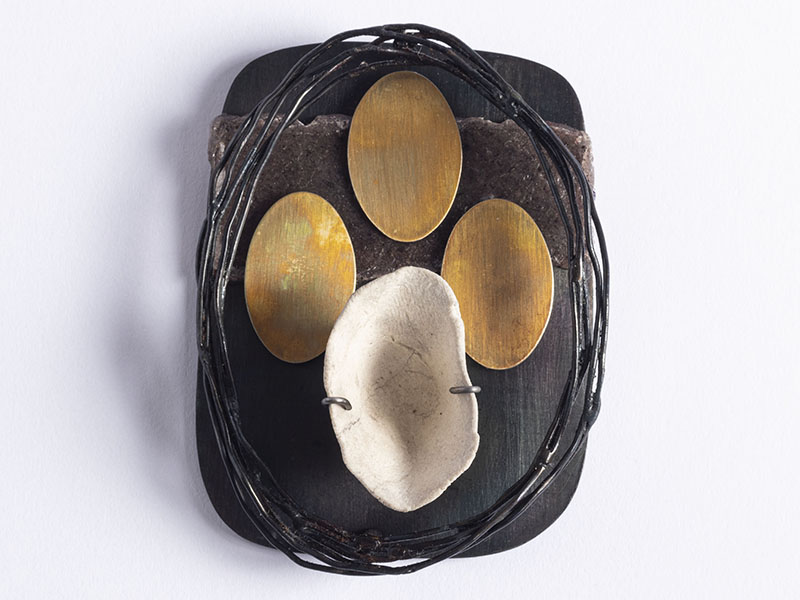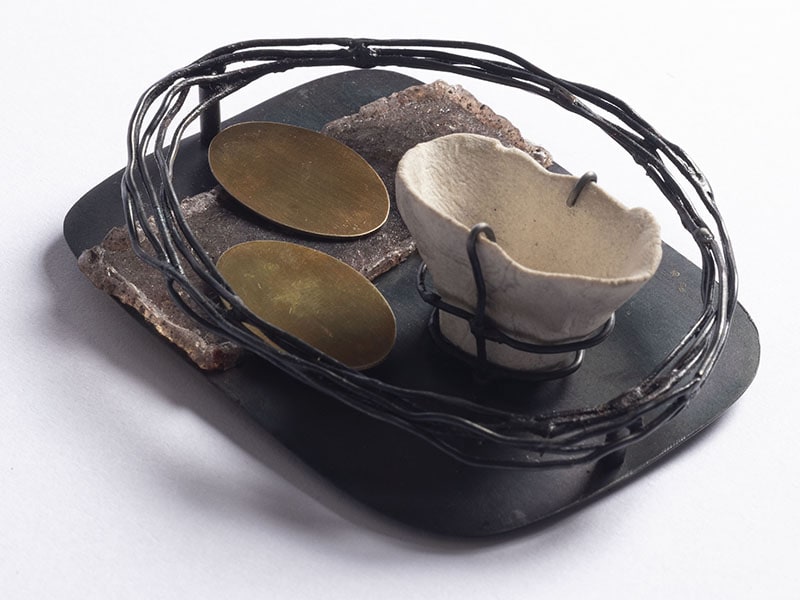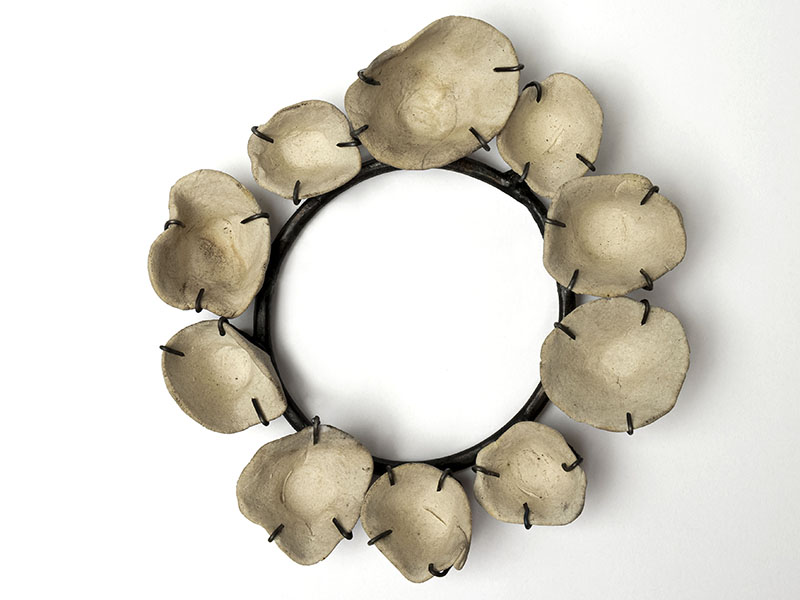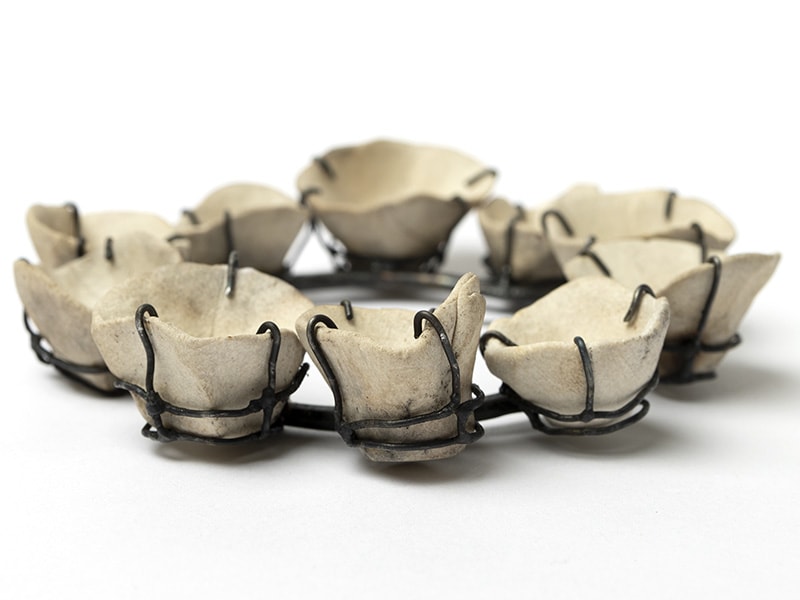[ad_1]
On April 26, 2023, AJF Dwell goes to Mexico, the place we’ll meet with Lorena Lazard. She’s going to introduce us to her personal work and that of three different necessary up to date jewellery makers in Mexico: Cristina Celis, Martacarmela Sotelo, and Raquel Bessudo.[1] This interview serves as a quick option to get acquainted with Lazard and her work.
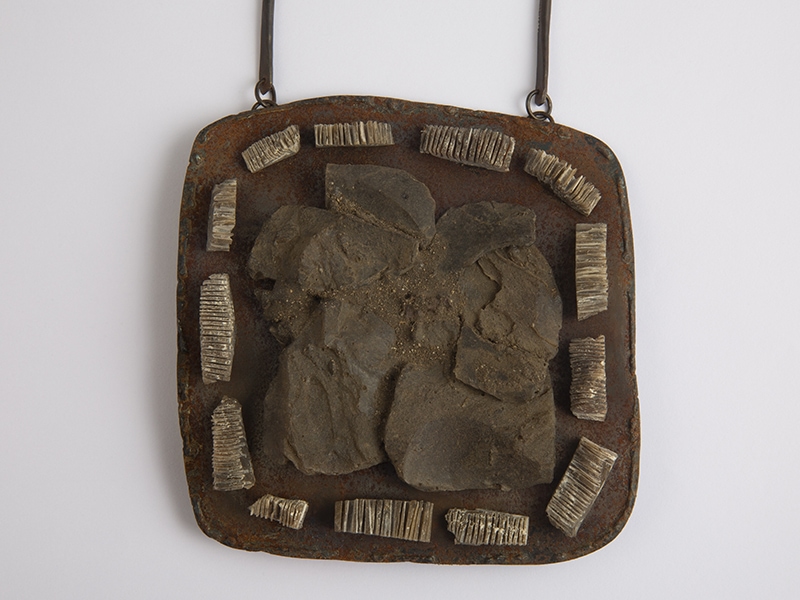
- Lazard seeks to unveil what can’t be seen however stays there to be found. The nonprecious supplies she works with remind her that what shines shouldn’t be at all times apparent. Typically it’s worthwhile to search for the soul in every part to search out it.
- She makes use of soil in her work partially as a result of it shops recollections, giving an identification and a way of belonging. It additionally serves as a metaphor for the substance we’re created from.
- Her work integrates parts from her varied heritages and the sociocultural recollections that accompany them. She tries to join with a religious previous, one which transcends time.
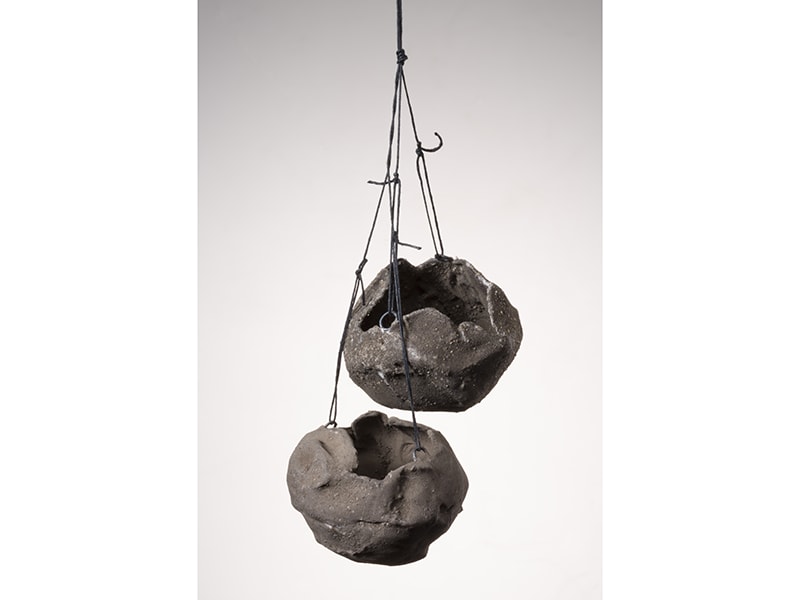
Alejandra Wolff: The items you produce have a direct relationship with the land, understanding this as a socio-affective and cultural hyperlink with the place one inhabits. How is that this current in your work and what has the method been?
Lorena Lazard: Territory is expounded to feelings, recollections, questions, and looking out. It’s the bodily, emotional, mental, and religious place one inhabits, but in addition someplace we’d wish to inhabit or that has been misplaced.
Utilizing earth in my items has develop into a metaphor of this territory. The primary time was once I created a bit that used soil from my father’s grave. He died all of the sudden once I was 15, and my recollections take me again to that second of listening to the sound of soil falling on his physique in the course of the burial. A few years later, I attempt to symbolize this chaotic reminiscence, solely now from a place of acceptance and reconciliation.
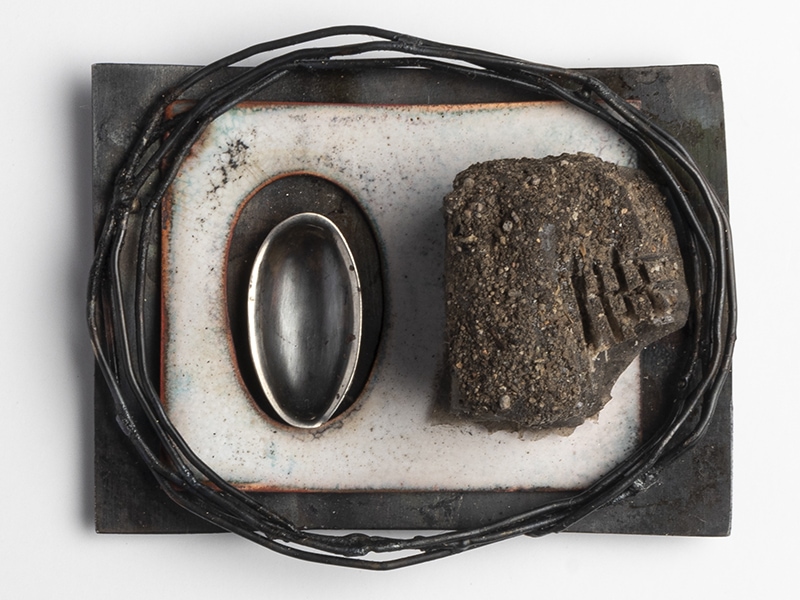
Soil in the present day has many connotations, and utilizing it’s an act stuffed with symbolism and meanings. I’m attracted by its reverse illustration of life and loss of life. The earth shops recollections, giving me identification and a way of belonging, serving to me perceive who I’m. I’m looking for the that means of my existence through the use of the soil as a metaphor of the substance that we people had been created from.
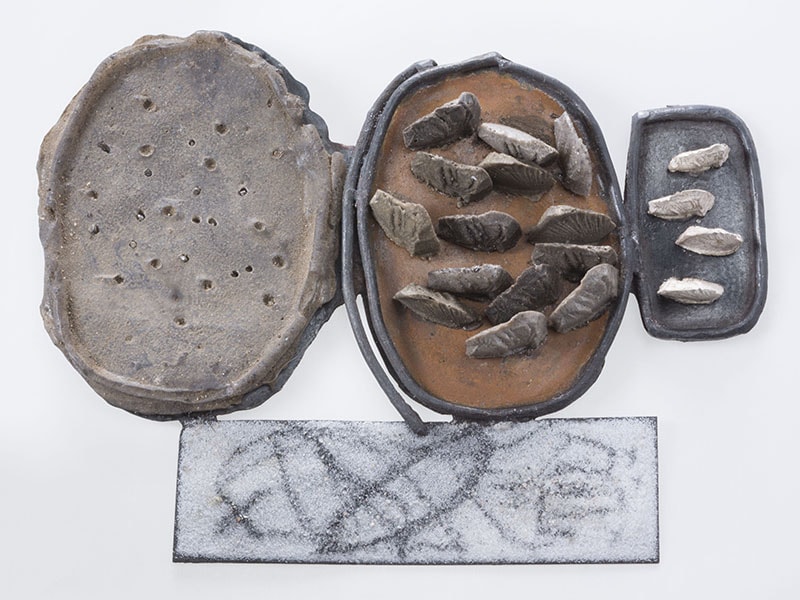
You’ve made a collection of items during which you collect materials and technical parts that embody traces of a paleontological rescue and an archeological ambiance. What place does your identification within the Abya Yala (Latin America) occupy as a referential or imaginary framework projected in these works?
Lorena Lazard: I used to be born and raised in Mexico inside a second-generation European Jewish household. Although I grew up surrounded by photographs and figurative parts that fascinated me, I couldn’t relate to them. This generated a way of duality in me. Now they provide me a way of huge richness. I’ve been capable of combine parts and cultural and social recollections of those varied heritages, attaining an identification stuffed with parts which are the referential framework during which I exist and really feel safe.
Alternatively, the previous I wish to join with goes past the historical past of humanity. It’s a previous past our understanding but one we search out, typically with out realizing it. It’s a previous that transcends a selected time, the place there isn’t a fragmentation and full unity. It has a religious sense, the place I’m in search of responses to those nice questions that really feel unattainable to reply and which I ponder about: Why are we right here on this world? Is there a purpose for our existence? What’s the that means of life? This offers my core, internal motivation to maintain looking out.
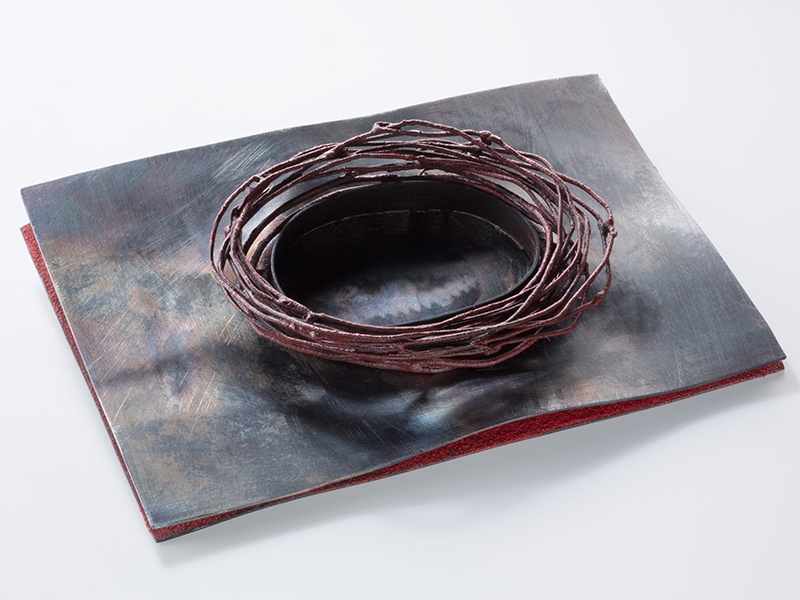
An necessary a part of our Latin American cultural identities has been marked by colonialism and the violence that this historic course of gave rise to. How can up to date jewellery make our native cultures seen and contribute to the enhancement of their heritage?
Lorena Lazard: Though it’s troublesome to pinpoint a single Latin American identification on account of our area’s huge range, it’s true that we’re all dwelling in a postcolonial tradition rife with conflicts and inequality, but in addition one stuffed with a cultural richness that typically goes past us, and that makes us perceive and expertise the world in a novel method.
Ever since pre-Hispanic instances, jewellery has performed a profound and related function in our societies. It has at all times been current as a significant a part of our languages of values and symbols. The problem in the present day is how you can obtain this by up to date jewellery.
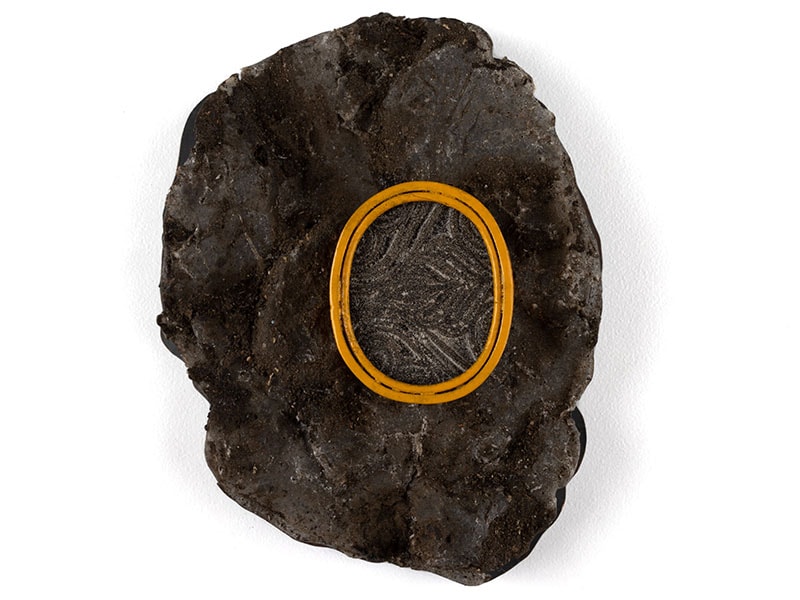
Lately, Latin America has produced—primarily in Argentina, Chile, Brazil, and Mexico—many actions that both independently or collectively have been important for cultural expression, group, and communication. Native up to date jewellery has develop into mature sufficient to depart behind this quest for exterior validations and references, so it is a perfect time to show inward—in reality, this motion is already underway. And from this place the place we discover ourselves, we are able to now ask what we’ve got to say and the way we are able to make a contribution. It’s about acknowledging ourselves. I really feel very enthusiastic and excited to see what Latin America can contribute to our subject over the approaching years.
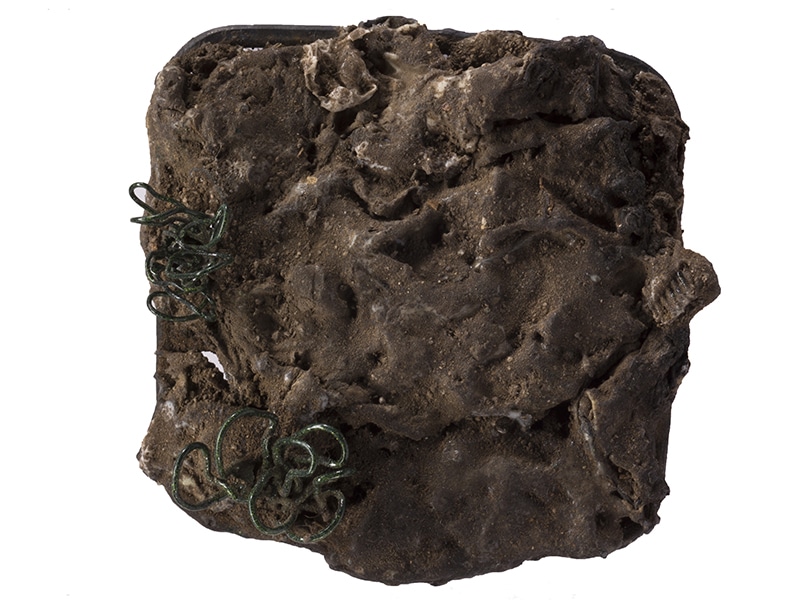
Within the growth of your work, and linked to the earlier query, what initiatives have you ever developed that arrange a dialogue with these points?
Lorena Lazard: Mexico’s geographical actuality offers it a really explicit attribute. As neighbors of the US, our location has a novel impact—for higher or worse—on the nation’s financial system, politics, tradition, and society. As Mexicans, this relationship consistently permeates our every day lives, and we’re very delicate to it.
The border between our two international locations is the place the place this inevitable and conflictive relationship is extra evident. I’d spent years enthusiastic about it earlier than it took bodily form in La Frontera, an exhibition I co-curated with the Velvet da Vinci gallery within the Franz Mayer Museum in 2013.[2] I wished this exhibition to deal with necessary and troublesome conditions skilled by 1000’s of individuals each day, affecting them and everybody round them. I felt a have to humanize and inform tales that went past numbers and statistics.
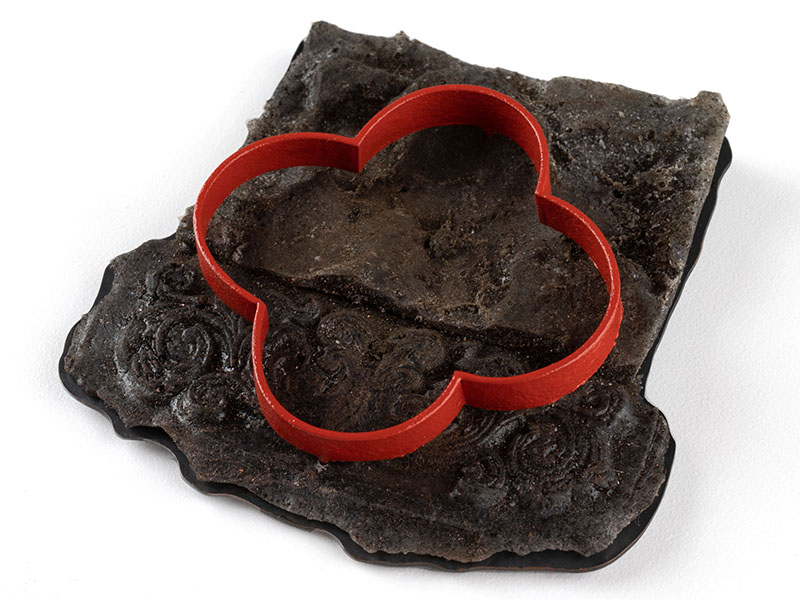
Of all of the completely different venues the place the exhibition was held, the one in Mexico Metropolis made the largest affect on me. Clearly as a result of it’s my house city and it was superb to see an exhibition of latest jewellery held for the primary time in such a prestigious museum, but in addition—and particularly—as a result of the response from guests exceeded all expectations: not solely when it comes to their numbers but in addition within the many reflections, questions, and discussions the exhibition generated. I consider it demonstrated, and demonstrated to me as soon as once more, jewellery’s energy and immense capability to convey concepts, spark conversations, and lift consciousness.
Ten years after the unique exhibition, I really feel very excited {that a} revised model will quickly be taken to the border area, El Paso/Ciudad Juárez and San Diego/Tijuana in 2023/2024.
Mexico has an extended custom of goldsmiths, from the pre-Columbian world to the colonial baroque and post-revolutionary fashionable artwork. How does your coaching and the event of your work match into this custom? What have been your references, and which artists have marked your profession?
Lorena Lazard: Mexico has a longstanding metalsmith custom. We’re specialists in silverwork and we’ve got superb artisans and designers. It’s very unusual, however in Mexico someway everybody’s a jeweler. And this establishes preconceived concepts and expectations which are virtually too deeply entrenched, nearly tattooed on our collective unconscious, about our understanding. What’s jewellery? How ought to we see it? What’s it used for? And, after all, even now, what supplies ought to it’s produced from?
From a younger age I used to be drawn to jewellery and colonial artwork. In truth, the primary gadgets of knickknack I ever purchased had been some duplicate earrings from that interval. However at the moment, the concept of turning into a jeweler was removed from my thoughts.
It was solely once I went to stay in the US, the place by coincidence I studied jewellery with Diane Falkenhagen (although I don’t consider in coincidence). This was my first reference to this world. Approaching it by college research, from an inventive perspective, gave me a unique understanding of knickknack from the outset. I doubt that I’d have been capable of get right here by taking another path.
Through the years I’ve been in touch with many up to date jewelers who’ve at all times impressed me with their generosity and honesty. They’ve undoubtedly been an infinite supply of inspiration, particularly Ramón Puig Cuyas. Inside the artwork world, Antoni Tàpies has been a relentless reference level, together with many up to date Mexican artists, comparable to Perla Krause and Gabriel de la Mora.
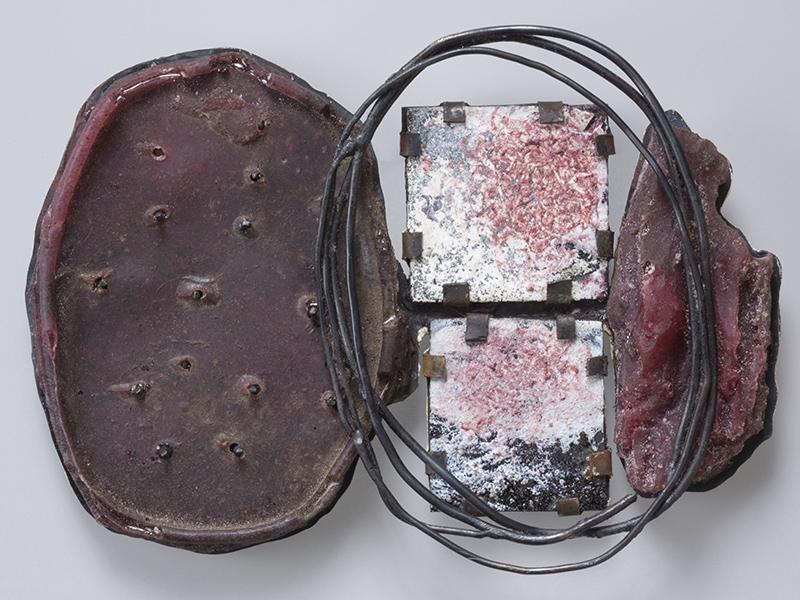
After we discuss in regards to the relationship between reminiscence and historical past, we face a story constructed, on the one hand, of testimonies, affections, recollections, and forgetfulness, and, then again, of paperwork, details, and archives. I consider your work encompasses each situations. Your items kind a part of historical past and rescue what has been forgotten, specializing in the precarious and what has been discarded by luxurious and energy. How do you choose your supplies, and what standards do you undertake when arranging and composing your items to account for each narratives—reminiscence and historical past?
Lorena Lazard: My work is a mirrored image and an inside quest, the place I attempt to discover solutions, particularly to what defies rationalization. And though I virtually by no means discover these solutions, on the lookout for them helps me transit from chaos to order. It’s born extra of a necessity to attach with the transcendental, with that religious place that seeks to indicate us one thing unknown about ourselves whereas permitting us to acknowledge the opposite.
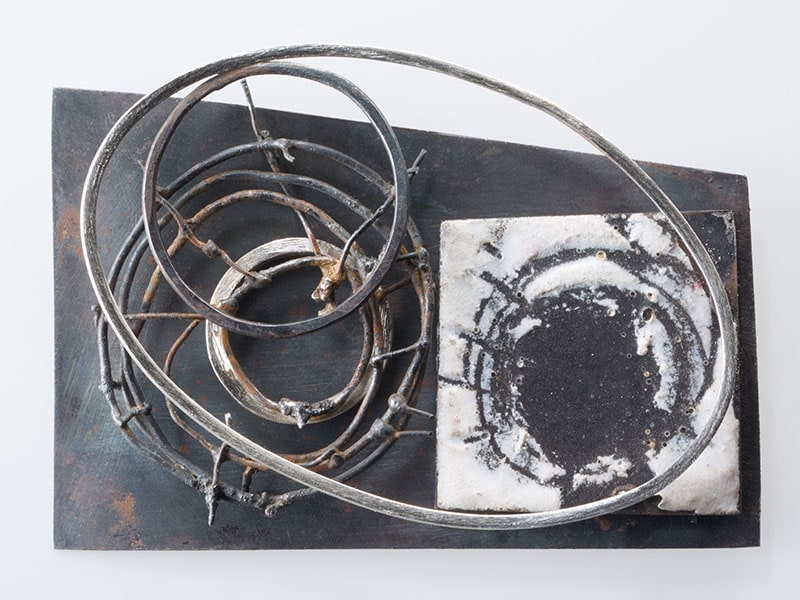
My private reminiscence is a sum of moments that develop into my historical past. I notice that my private reminiscence is a part of the historical past, and that historical past is a part of my private reminiscence. Finally, every part is linked, based mostly on that collective reminiscence of uniqueness.
I’m focused on discovering what can’t be seen however stays there to be found. Amongst different causes, that’s why I work with nonprecious supplies, as a result of they remind me that what shines shouldn’t be at all times apparent, however that every part has a soul and typically it’s worthwhile to search for it with a purpose to discover it.
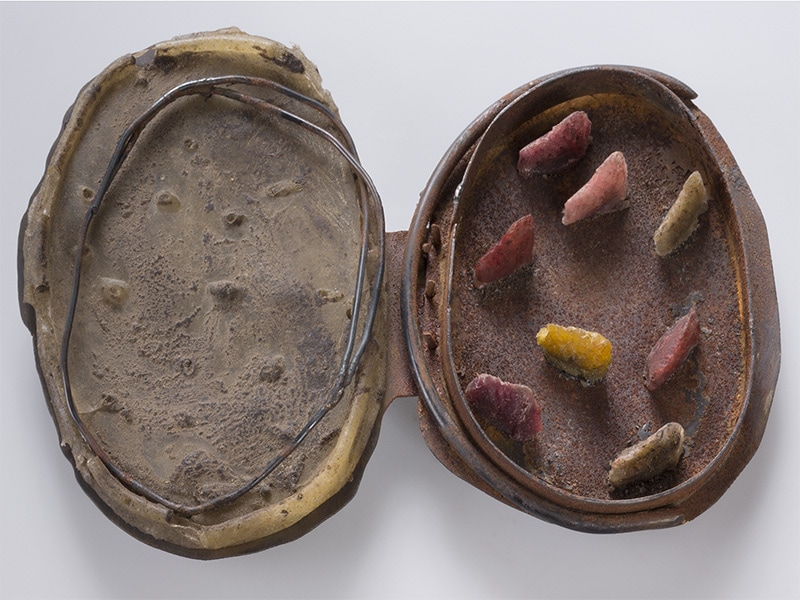
For some years now, we’ve got been exposing inequities concerning the place of gender in public illustration and demanding participation and inclusion within the cultural subject. The place do you place your self as a jeweler in these contexts? And is there something in your work and/or your inventive observe that enters into dialogue with and addresses these points?
Lorena Lazard: Gender points have at all times been essential to me. Earlier than getting into the artwork world, I studied agronomic engineering and acquired a grasp’s in sociology, specializing in gender research. In Mexico, as in the remainder of the world, ladies nonetheless face many disadvantages and plenty of adjustments are wanted. As some of the harmful international locations in Latin America for ladies, the scenario in Mexico is dreadful. That is the nation that launched the time period “femicide” to the world, given the necessity to classify and denounce the murders of girls motivated by misogyny and sexism.
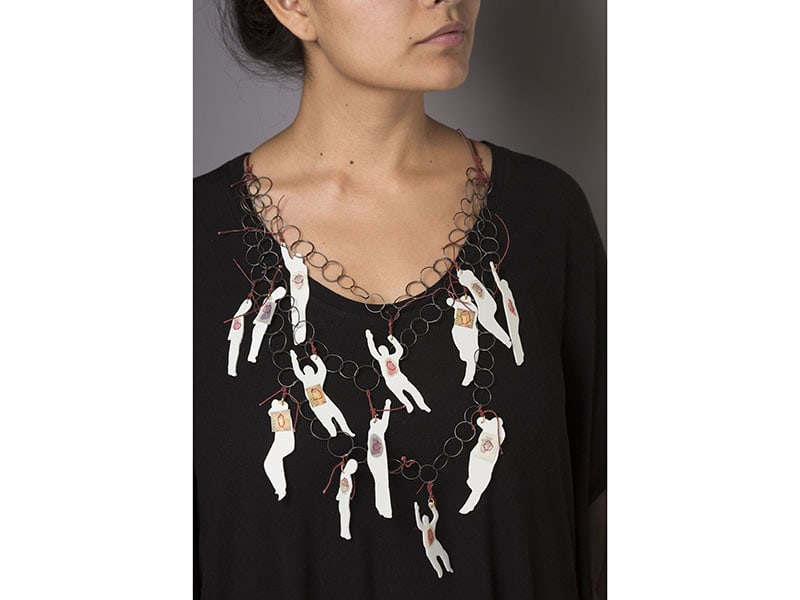
A few of my items wish to mirror on the void left behind by femicide. These damaging areas can’t be crammed; they symbolize a actuality that can by no means be capable to be restored and it’s a reminder of the reality that can’t be erased and silenced. They’re additionally based mostly on a have to humanize victims and to maneuver away from merely counting them as numbers and statistics. We don’t know their identities, names, or historical past. I’m eager for my work to assist elevate consciousness about this case.
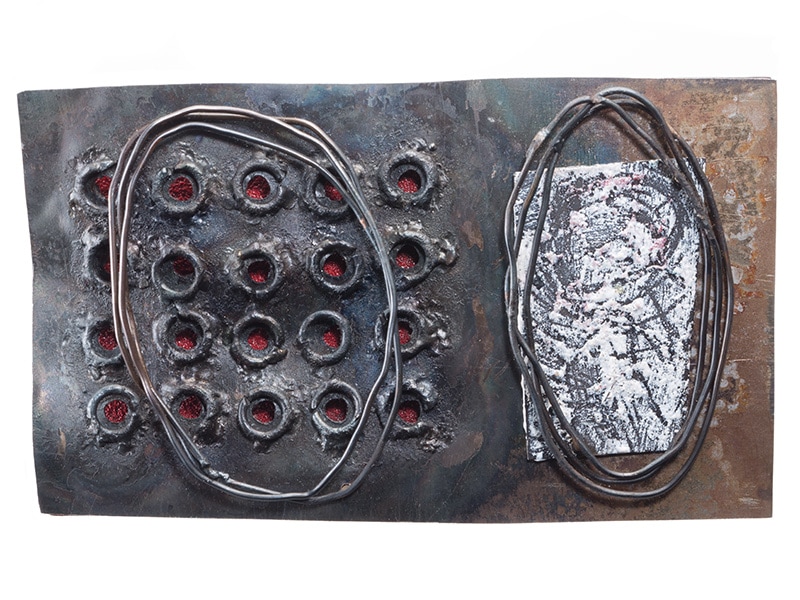
You’re a trainer. What rules of instructing and studying about jewellery do you suppose ought to presently be strengthened?
Lorena Lazard: I’ve taught in varied capacities. It’s necessary to be honest as a trainer, by sharing my very own experiences. I wish to convey my love and enthusiasm for the inventive course of. It’s very important to offer accompaniment on this course of by increasing the thoughts, questioning, doubting, permitting for experimentation, typically frustration, and studying by discovering your errors. Above all, I’m focused on serving to all college students to attach with themselves and achieve self-awareness somewhat bit extra every day by these processes. In 1995, after a number of years in the US, I got here again to stay in Mexico, and I felt fully remoted from the world of latest jewellery. This was my preliminary motivation to create Atelier Lazard, which has develop into an area to be taught, create, and promote up to date jewellery in Mexico.
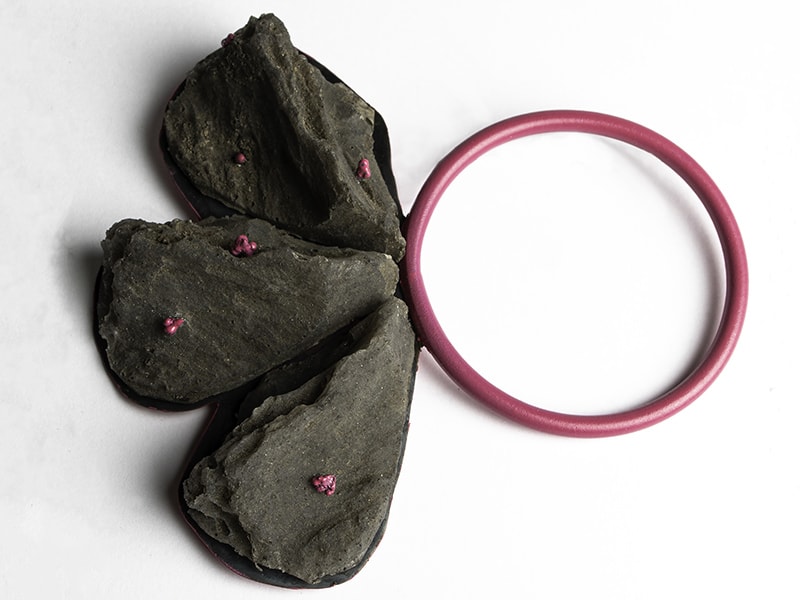
Most of the jewelers who studied at this college are actually on the nationwide and worldwide jewellery scene. The varsity has additionally helped elevate consciousness and educate by varied exhibitions, conferences, and with hyperlinks to artists outdoors Mexico and organizations comparable to SNAG. I additionally coordinate the postgraduate research program in Modern Jewellery, inside the Vogue division at CENTRO College in Mexico Metropolis. This expertise is inscribed inside a tutorial and institutional sphere. On this program, most college students are graduates with design, industrial design, structure, and trend levels. I’m fascinated by their method and talent to be taught in regards to the potentialities and scope of this new jewellery, which most of them have no idea about beforehand, but stay open and obsessed with experimenting with. Now it will be best to arrange a recent jewellery program at an artwork college.
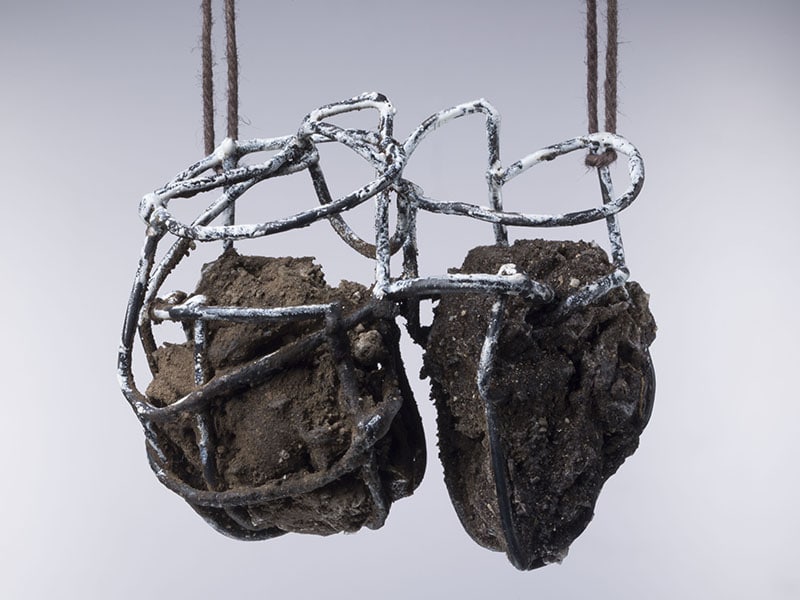
[1] We hope you’ll be part of us for this on-line occasion! Register here. You’ll be able to see bios for the three different artists here.
[2] You’ll be able to learn a evaluate of this exhibition, printed on AJF, here.
[ad_2]














